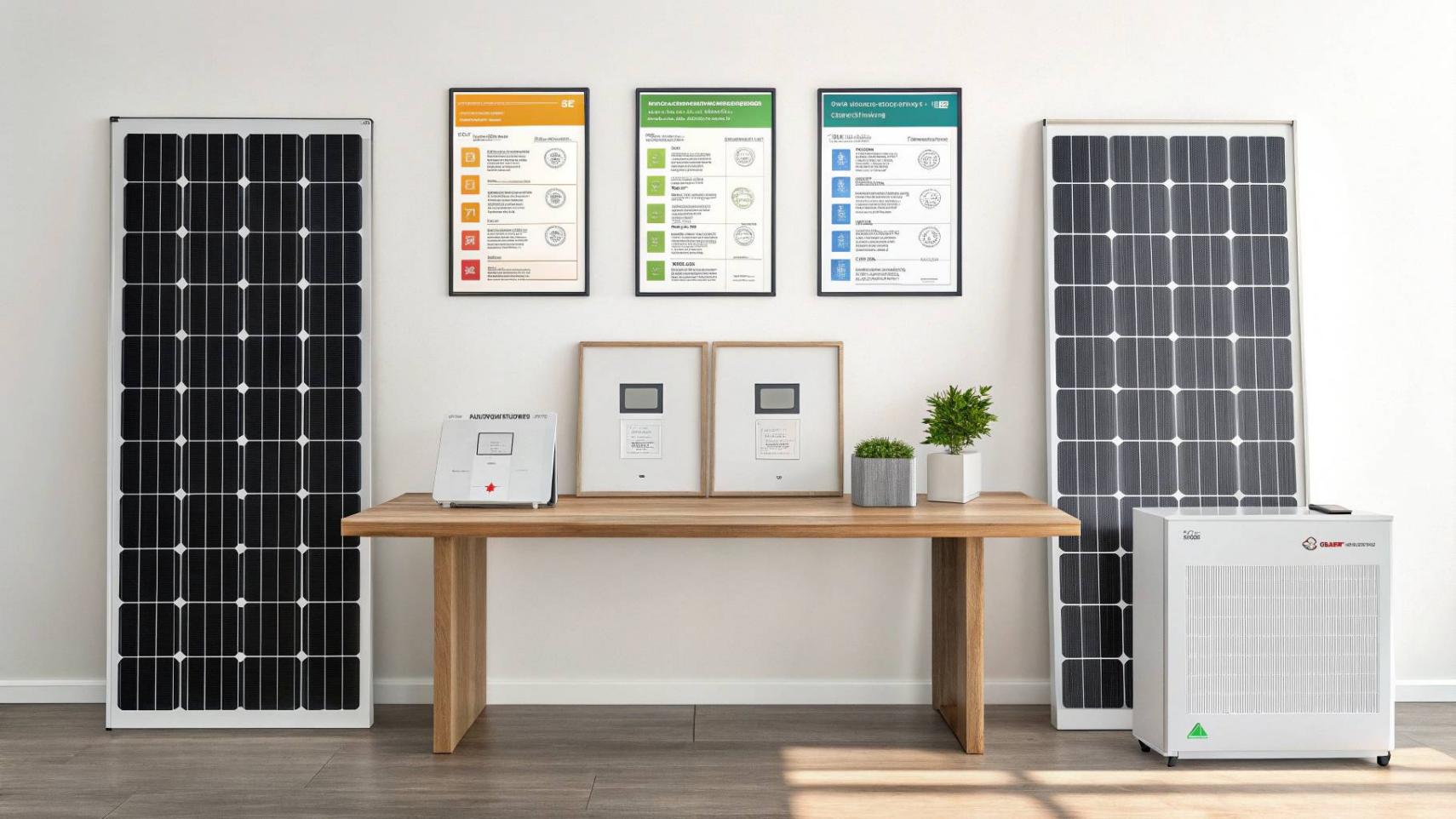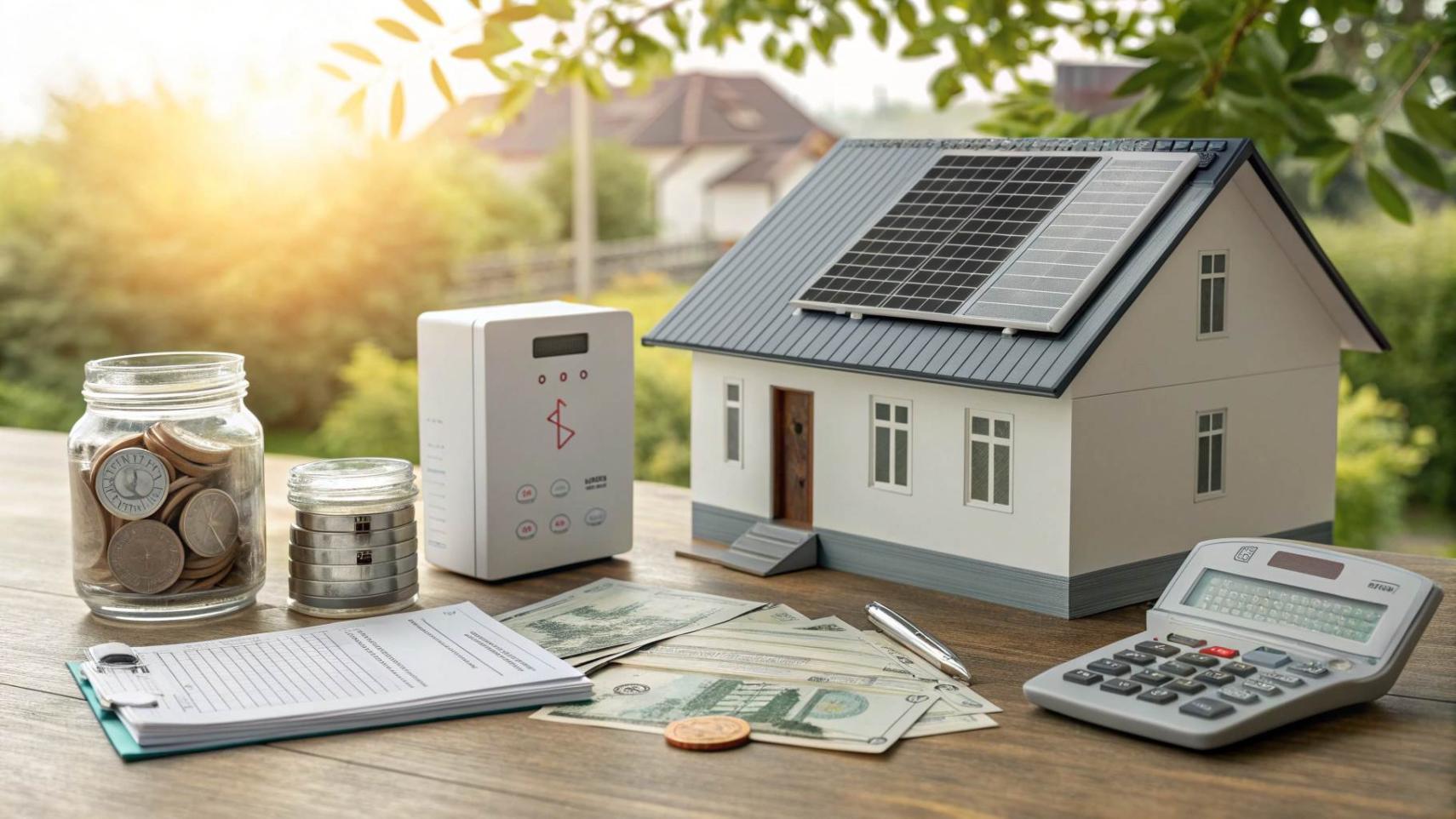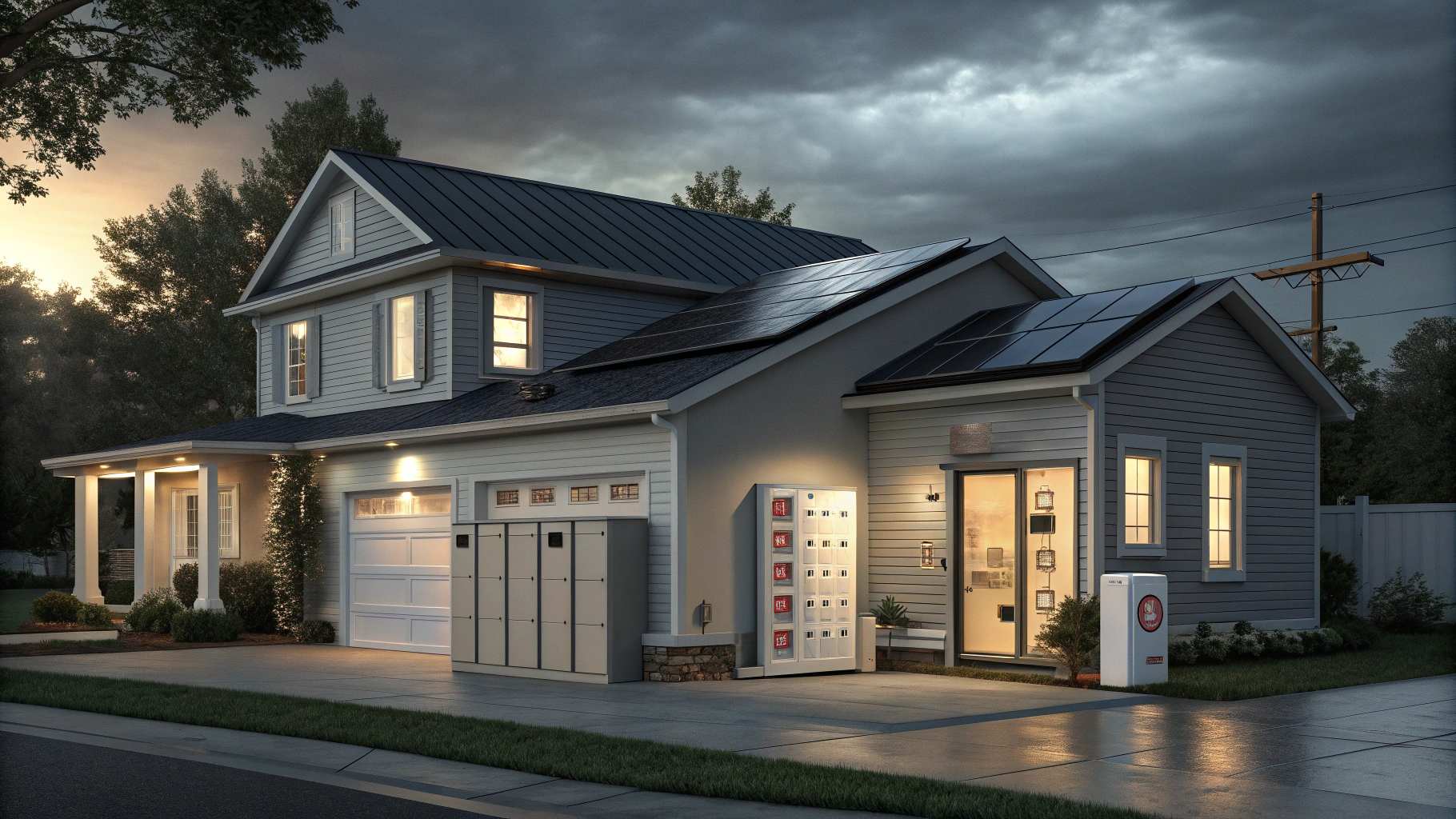How to Compare Solar Quotes and Pick the Right One for You
Deconstructing Your Solar Quote What to Look For
A good solar quote is transparent and detailed. It should clearly outline every aspect of the project, leaving no room for confusion. As you lay your solar quotes side-by-side, focus on a few key metrics to make a fair comparison.
First, look at the proposed system size, measured in kilowatts (kW). This number represents the maximum power your solar panels can produce under ideal conditions. Next, find the estimated annual production, measured in kilowatt-hours (kWh). This figure tells you how much electricity the system is expected to generate over a year. Compare this estimate to your home's annual energy consumption, which you can find on your utility bills. A properly sized system should aim to cover most, if not all, of your electricity needs.
Next, analyze the total solar cost for home. To compare prices accurately, calculate the cost per watt ($/W). You can do this by dividing the total price of the system by its size in watts (a 7kW system is 7,000 watts). This simple calculation creates a standardized metric that helps you compare solar prices for systems of different sizes. A very low cost per watt might seem attractive, but it could indicate lower-quality equipment, so it is important to look deeper.
Finally, every quote must specify the solar equipment being used. The brand and model of the solar panels and the inverter should be clearly listed. These components are the core of your system, and their quality will directly determine how much power you generate and how reliable your system is for years to come.
A Deeper Look Comparing Panels Inverters and Warranties
Not all solar equipment is created equal. The details of the components and their warranties are where you will often find the biggest differences in value between solar panel quotes.
When evaluating solar panels, three specifications are particularly important.
Efficiency tells you how well a panel converts sunlight into electricity. A higher efficiency rating means the panel can generate more power in a smaller space, which is ideal for homes with limited roof area.
The temperature coefficient indicates how much a panel's output will decrease in high temperatures. A lower temperature coefficient is better, especially if you live in a hot climate, as it means your panels will perform more effectively during the hottest parts of the day.
And every solar panel comes with two warranties. The product warranty covers defects in the panel itself, such as manufacturing flaws, and typically lasts between 12 to 25 years. The performance warranty guarantees that the panel will maintain a certain level of production over time, usually ensuring at least 80-90% of its original output after 25 years. A strong warranty from a reputable manufacturer provides security for your investment.
The inverter, which converts the direct current (DC) electricity from your panels into alternating current (AC) for your home, is another critical component. Its warranty is just as important, though often shorter than the panels', typically ranging from 10 to 15 years. Also, pay close attention to the workmanship warranty provided by the installation company. This warranty covers the quality of the installation itself, protecting you from issues like roof leaks or faulty wiring. A long workmanship warranty signals an installer's confidence in their work.


Analyzing Financing Options
How you pay for your system is another key factor in the overall solar cost for home. Most solar quotes will present a few financing options. A cash purchase requires a large upfront payment but delivers the highest long-term savings because you avoid interest payments. A solar loan lets you own the system with no money down, spreading the cost over monthly payments. When comparing loan offers, look closely at the interest rate, loan term, and any dealer fees, as these will affect the total cost.
You might also see options for a solar lease or a Power Purchase Agreement (PPA). With these, a third party owns the system on your roof, and you pay a monthly fee to use the power it generates. While this often requires little to no upfront cost, you will not own the system or be eligible for certain tax credits. Carefully compare the total lifetime cost of each financing option to find what works best for your budget and financial goals.


Beyond the Quote A Complete Home Energy Solution
Generating your own solar power is the first step toward energy independence. The next is ensuring you can store and use that energy whenever you need it, especially during a power outage. A standard grid-tied solar system will shut down during a blackout for safety reasons, leaving you without power. This is why pairing your solar panels with a battery storage system is crucial for true energy security.
The EcoFlow OCEAN Pro Battery and Inverter system is designed to provide a complete power solution for your entire home. With a scalable battery capacity from 10kWh to 80kWh, you can customize a system that keeps everything running, from lights and refrigerators to well pumps and HVAC systems, during any outage. This provides uninterrupted power and genuine peace of mind.
Durability is essential for any home energy system.
The OCEAN Pro battery is built to handle harsh conditions, with an IP67 rating that protects it from dust and even temporary water submersion, making it a reliable choice for flood-prone areas. It also operates safely in temperatures up to 140°F. For safety, the system includes the TriShield Protection System, featuring an integrated fire suppression module and an explosion-proof valve.
Performance is equally important.
The powerful OceanPro Inverter delivers 24kW of continuous output, enough to start and run heavy-duty appliances that other systems might struggle with. This robust performance is backed by an industry-leading 15-year warranty, ensuring your system remains a dependable asset for the long term. And with an AI-powered assistant, the system works to optimize your energy use, helping you reduce your electricity bills even further. When comparing solar quotes, think about your long-term goals for energy independence and security.
Make a Confident Choice
Choosing the right solar provider is a significant decision. By looking beyond the total price and carefully using our guide to compare solar prices, equipment quality, and warranty coverage, you can identify the offer that provides the best value. Do not hesitate to ask installers to clarify anything you do not understand in their solar panel quotes. A reputable company will be happy to explain the details. With this knowledge, you are equipped to make an informed choice that will benefit your home for decades.


Frequently Asked Questions about Solar
Q1. What is a reasonable solar cost for home, and how is it measured?
The solar cost for home can vary significantly based on your location, the equipment you choose, and the complexity of the installation. In the U.S., a typical range is between $2.50 and $3.50 per watt before any incentives or tax credits. If you receive a solar quote that is far outside this range, it is a good idea to ask the installer for a detailed explanation. An unusually low price might signal subpar equipment or an inexperienced installer, while a very high price could mean you are paying for premium components or a particularly challenging installation. Always balance cost with the quality of the panels, inverters, and warranties.
Q2. How do I know if the proposed system size is right for my home?
A good solar quote should base the system size on your past energy usage. The installer will typically analyze your last 12 months of utility bills to determine your average daily and annual electricity consumption in kWh. The goal is to design a system that generates enough power to offset as much of that usage as possible. If your energy needs are expected to change—for example, if you plan to buy an electric vehicle or install a central air conditioner—be sure to inform the solar company so they can factor that into their calculations and propose a system that will meet your future needs.
Q3. Should I be worried if one solar quote has a much higher energy production estimate than the others?
It is worth investigating. While slight variations in production estimates are normal due to different software and assumptions about weather patterns, a significantly higher estimate could be a red flag. An optimistic estimate might be used to make the system's return on investment appear better than it will be in reality. Ask the installer to explain their methodology. They should be able to provide details on the shading analysis, panel degradation rate, and weather data they used. Look for companies that offer a performance guarantee, which ensures they will compensate you if the system does not produce the amount of energy promised.
Q4. Why is the installer's workmanship warranty so important?
A workmanship warranty covers the labor and installation quality, which is separate from the manufacturer's warranties on the equipment. This warranty protects your home from potential issues caused by the installation process, such as roof leaks from improper mounting, loose wiring, or other installation errors. A typical workmanship warranty lasts for 10 years, but some top installers offer 25 years. A long and comprehensive workmanship warranty is a strong indicator of an installer’s confidence in their team's skill and quality, giving you assurance that the job will be done right.
Q5. Can I add a battery system like the EcoFlow OCEAN Pro to my solar panels later?
Yes, in most cases, you can add a battery system to an existing solar panel installation. This is known as retrofitting. However, it is often more straightforward and cost-effective to install the battery system at the same time as your solar panels. When installed together, the components are designed to work seamlessly, and you may be able to bundle the costs and take advantage of incentives on the entire system. If you think you might want battery backup in the future, discuss it with your installer. They can recommend an inverter that is "battery-ready" to simplify the process of adding storage later on.